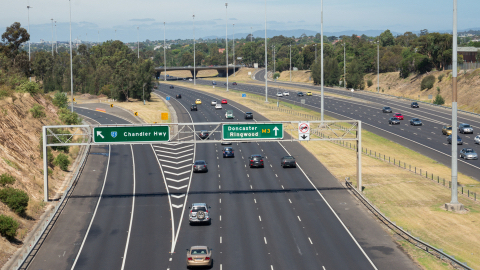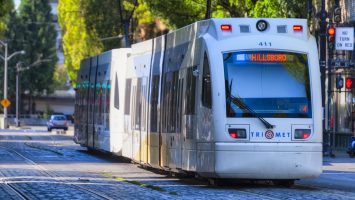
According to the World Health Organization, road traffic accidents are predicted to become the fifth leading cause of death globally by the year 2030. Researchers from Columbia University’s Mailman School of Public Health; the University of Melbourne’s Transport, Health, and Urban Design Research Hub; and the Barcelona Institute of Global Health have collaborated to study the urban roadway designs of nearly 1,700 cities across the world – along with local road injury statistics – to examine how to reduce these traffic-related deaths.
The study, recently published in Lancet Planetary Health, focused on how important urban planning is to reducing these injuries. Many prior studies have been conducted on road injuries, and progress has been made with reducing the rate of car crashes relative to the amount of people that are driving.
“But what this research is looking at is, how does the way we design our cities affect injury incidents and the public health burden?” Christopher Morrison, an assistant professor of epidemiology at Columbia and one of the study authors, said. “What this work very strongly suggests is that the best approach is to get people out of cars in the first place, and to design cities in ways that people are using motor vehicles less.”
Out of those nearly 1,700 cities, researchers identified nine design types, based on density, road network, and public transportation. The nine types range from:
- “informal” cities – with a low, informal road infrastructure and low rail transportation’
- “cul de sac” cities – with dense, tight road networks;
- “motor” cities – which exemplify the “Manhattan grid” and have a medium amount of mass transit; and,
- “high transit” cities, which have the greatest level of railed mass transit available.
“It’s quite clear that places that tended to have more available public transit, particularly rail transit, tended to have lower incidents of injuries,” Morrison says. Those places tended to be Western European cities, such as Paris, London, and Amsterdam. The “cul de sac” type, which represents Southeast Asian cities such as Jakarta, Indonesia, and Nonthaburi, Thailand tended to perform the poorest, meaning they had high road injuries.
“It’s concordant with what we know about urban planning from many other studies, which is that where we can divert people away from motor vehicle use and onto public transit, we will improve the public health for the roadway users themselves and also for general populous, reduce risks for injury and death for individuals, reduce congestion, reduce air pollution,” Morrison says. “So it’s to everybody’s benefit to move people out of motor vehicles and into public transit, and the best way we can do that is by improving infrastructure for public transit.”


